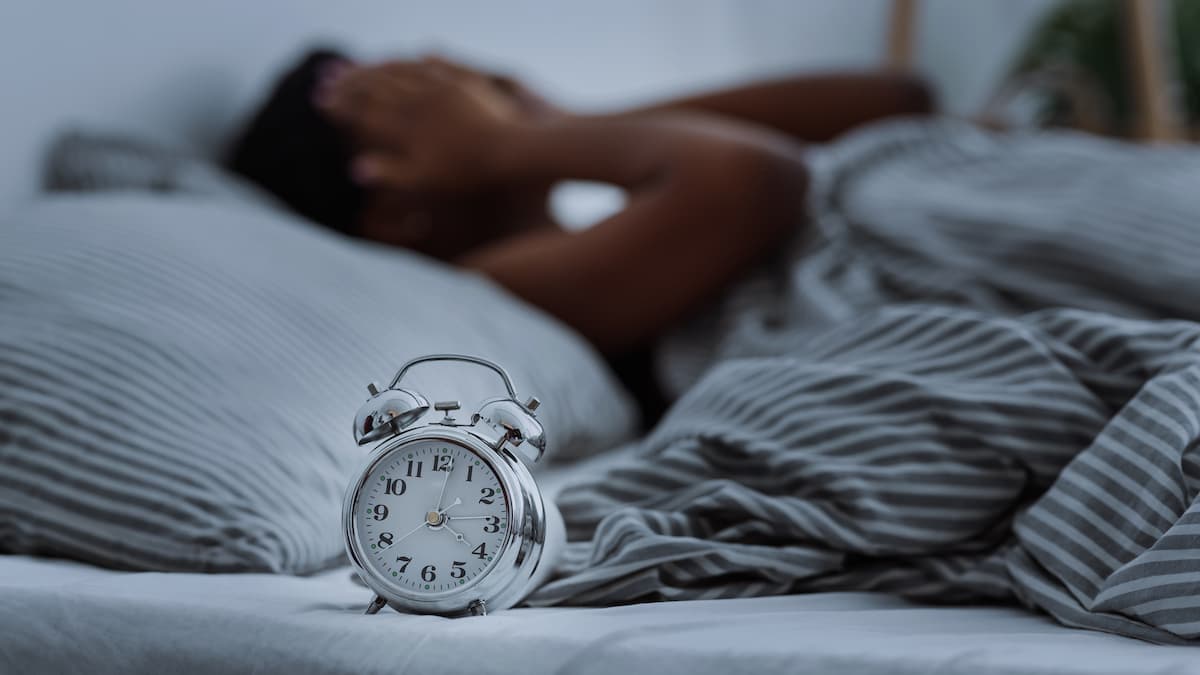Video
Dr Michael Thorpy on Mechanisms, Applicability of the Idiopathic Hypersomnia Severity Scale
Michael Thorpy, MD, director of the Sleep-Wake Disorders Center, Montefiore, and professor of neurology, Albert Einstein College of Medicine, discusses aspects of the Idiopathic Hypersomnia Severity Scale, and how it fared in measuring symptoms of idiopathic hypersomnia compared with traditional scales.
The Idiopathic Hypersomnia Severity Scale was shown to strongly correlate with individual instruments assessing symptoms of idiopathic hypersomnia (IH), such as excessive daytime sleepiness and sleep inertia, said Michael Thorpy, MD, director of the Sleep-Wake Disorders Center at Montefiore and professor of neurology at Albert Einstein College of Medicine.
Transcript
Can you explain the mechanisms of IHSS?
There has never been a means of estimating severity of IH until the development of IHSS. There is no diagnostic questionnaire either, at this point, but IHSS was developed to determine changes and severity of the disorder with time, and it's mainly used at this point for research studies.
I doubt that it has a lot of application to clinical practice, but it may do in terms of once we start treatment of these patients with approved medications, and we may want to use the scale to find out just how bad patients’ symptoms are. Basically, IHSS is a scale that looks at all features of IH, so it combines both features related to long nighttime sleep episodes, such as difficulty in awakening in the morning and then a symptom that we call sleep inertia which is difficulty in feeling fully awake after getting up in the morning, as well as features related to excessive daytime sleepiness. So, it's the severity of symptoms over the 24-hour period.
Research presented at SLEEP 2021 assessed how IHSS compared with other scales used to measure severity of singular symptoms in IH. Can you discuss these findings, and their implications for clinicians?
The data that we're presenting is looking at IHSS and validating it, really, against other measures of sleepiness. These other measures have been used independently, but the thing about IHSS is that it sort of combines features of all of these different measures.
So, we have the visual analog scale of sleep inertia, difficulty in awakening in the morning–that's just one symptom that patients with IH often experience. There’s the Epworth Sleepiness Scale, which is a scale typically used to assess the severity of sleepiness in patients who have other disorders of excessive sleepiness, such as narcolepsy. And so, these scales have been correlated with the IHSS and it was shown to have a good correlation with each of these individual measures.
How can IHSS be optimally integrated into clinical practice?
IHSS is not likely to get a lot of clinical use. I think that some physicians will use it to measure ongoing severity of symptoms in a patient who's being treated for IH. I think really the greatest value of this scale is really in research where we're looking at the effects of medications in IH and looking for changes and improvements in symptoms in this patient population.
Reference
Dauvilliers Y, Arnulf I, Foldvary-Schaefer N, et al. Correlation of the Idiopathic Hypersomnia Severity Scale with other measures of sleep parameters in a phase 3 trial. Sleep. 2021;44(suppl 2):A197. doi:10.1093/sleep/zsab072.499




